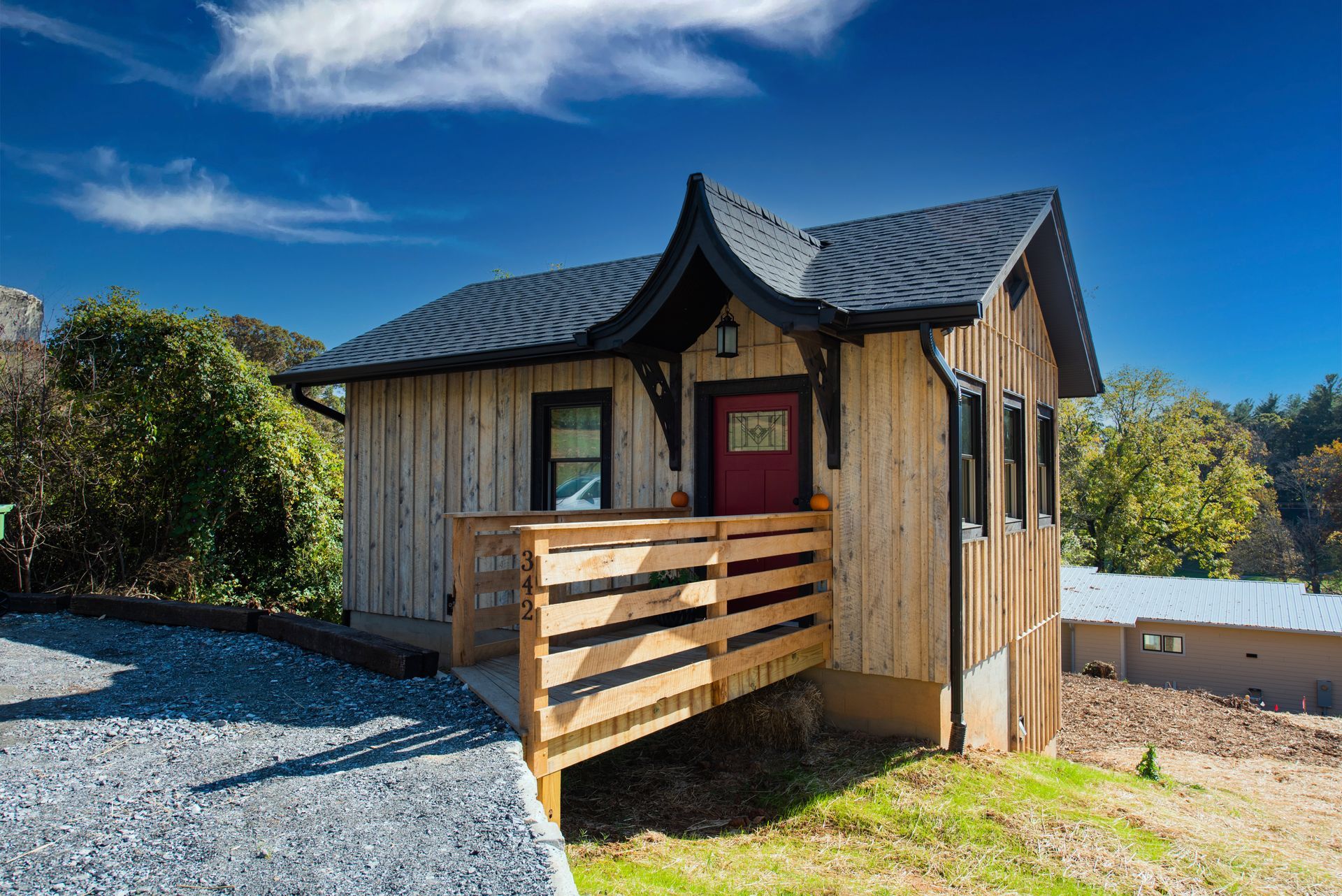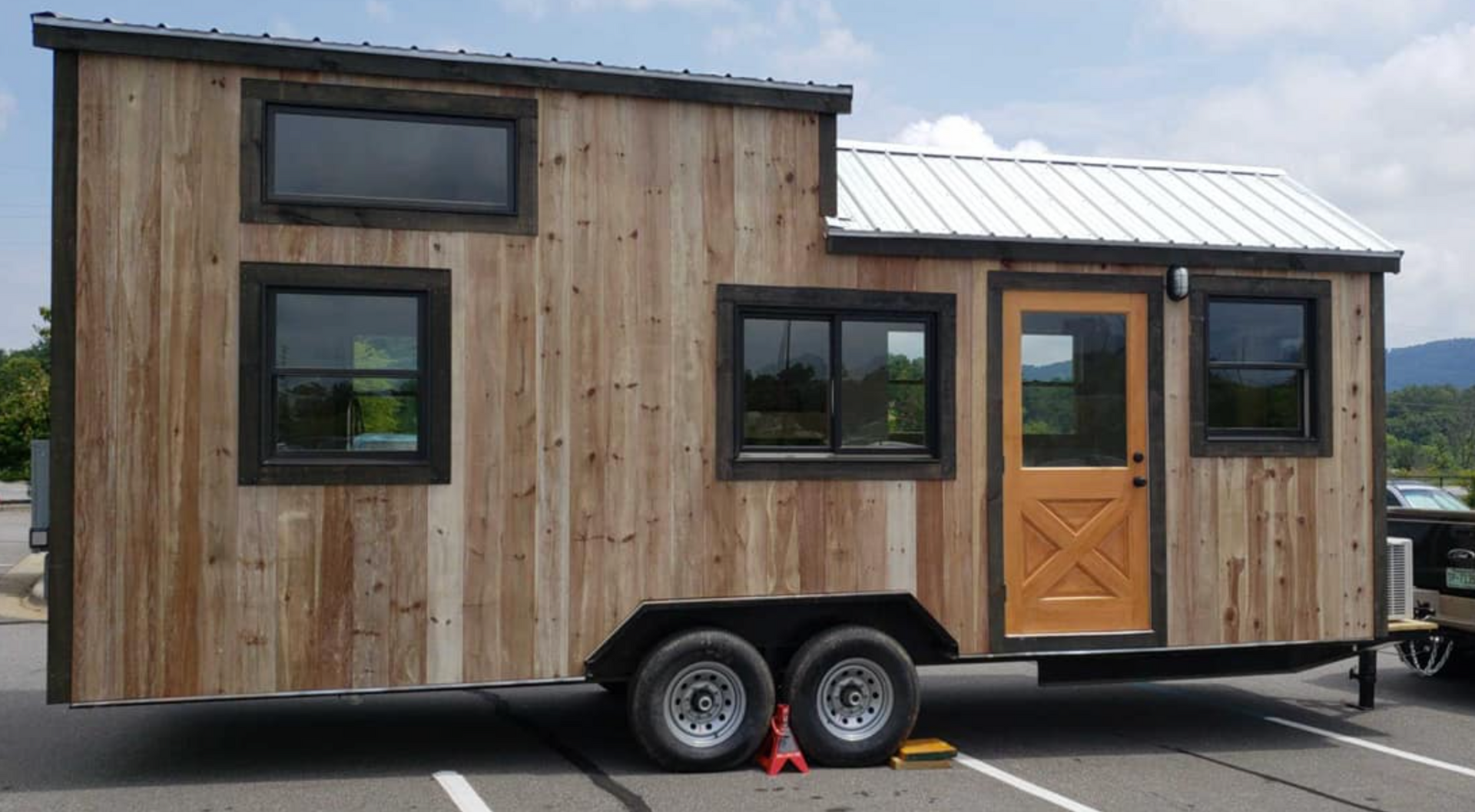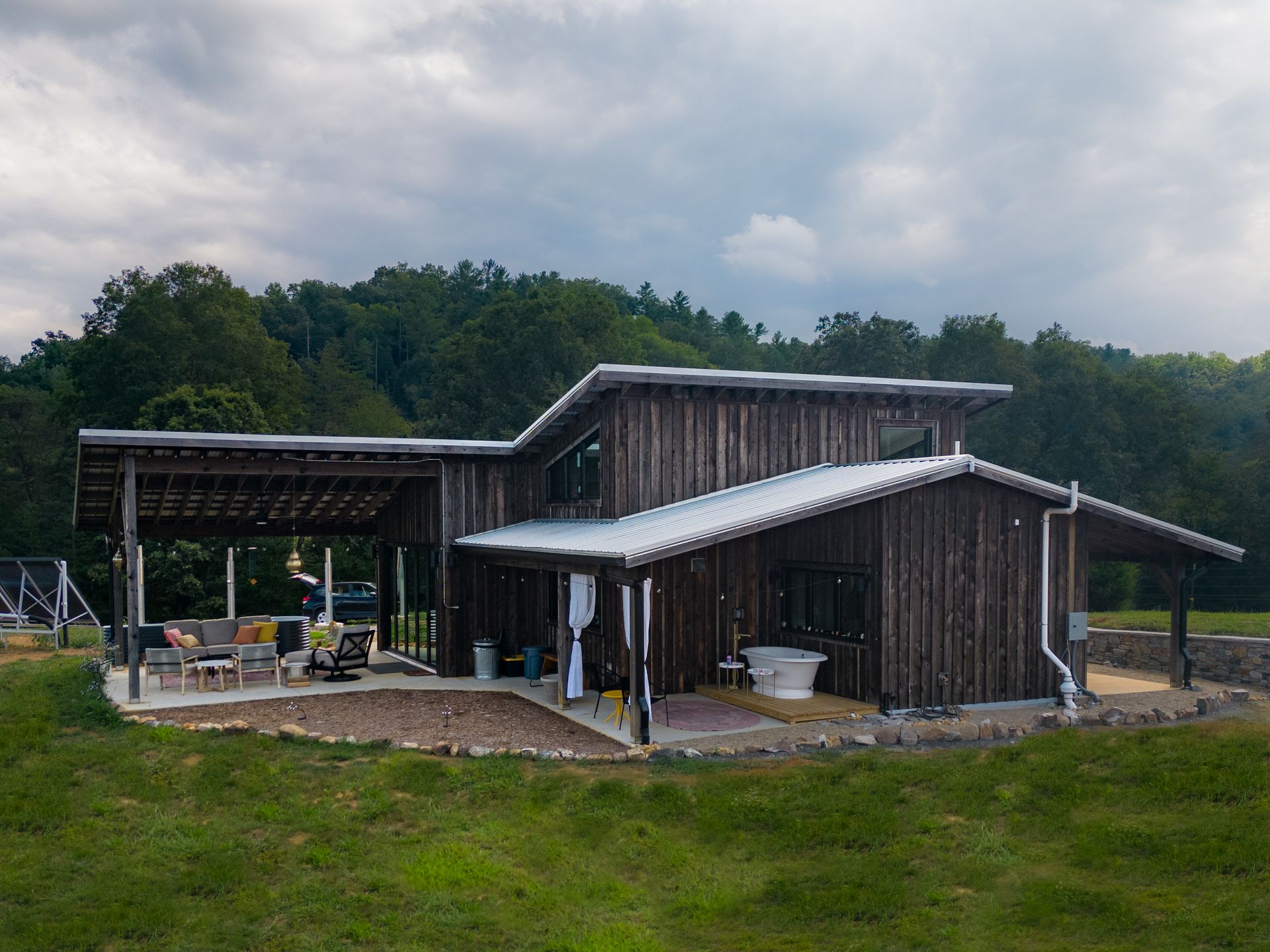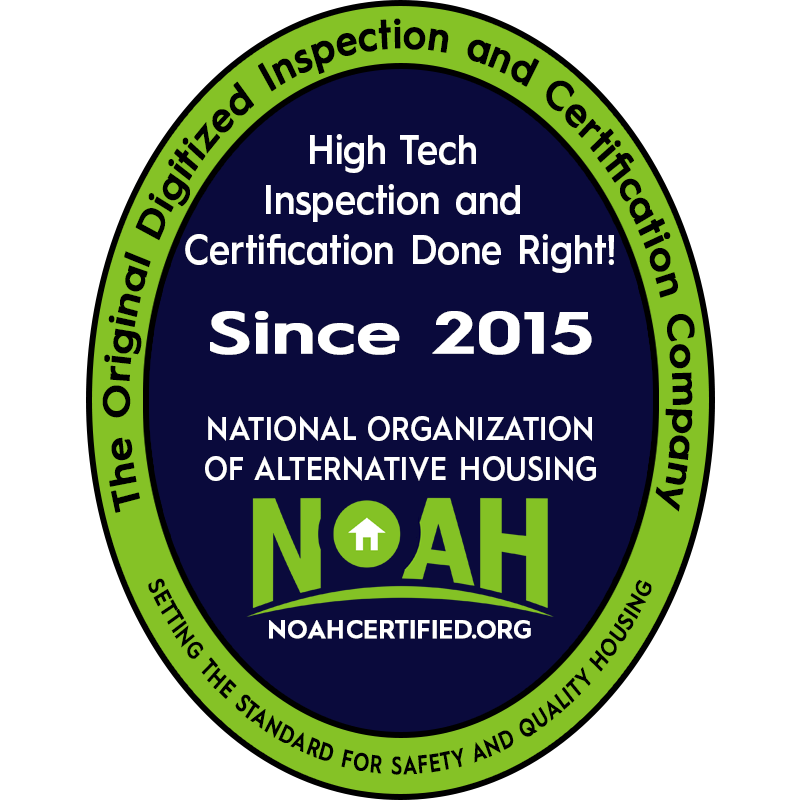Tiny Homes on Wheels: Mobility Without Compromise
A tiny home on wheels lets you live with less and still have everything you need. It’s small, easy to move, and gives you the freedom to take your home with you. Some people want to travel. Others want to spend less or live more simply.
This guide covers how tiny homes on wheels work, how much they cost, and what to know before getting one.
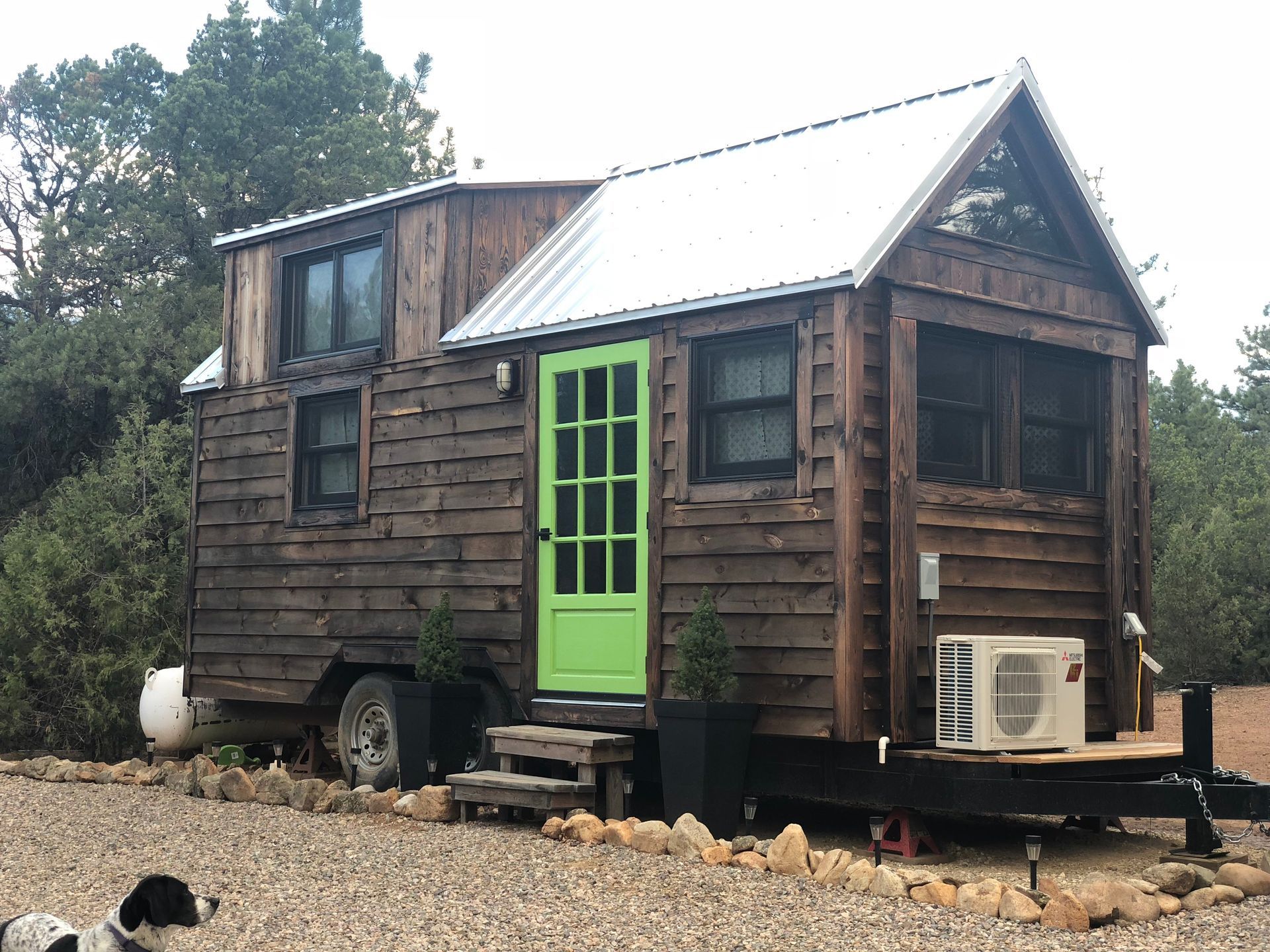
What Is a Tiny Home on Wheels
A tiny home on wheels is a small house built on a trailer that you can move from place to place.
It’s not an RV or a camper. It’s a real home, just smaller and easier to tow.
Most are between 100 and 300 square feet and come with all the basics:
- A kitchen with a stove and sink
- A bathroom with a toilet and shower
- A sleeping space, often in a loft
- Room for storage and relaxing
These homes are great for people who want freedom, simple living, or a travel-friendly home. Some are used seasonally, while others serve as a full-time residence or rental.
If you’ve ever searched for a "tiny home near me," you’re not alone.
More people are choosing tiny homes on wheels for everyday living, weekend trips, or full-time travel.
Why People Choose Tiny Homes on Wheels
Tiny homes on wheels are a way to live with less, spend less, and move when you need to.
Here’s why many people are choosing this kind of home.
1. You can move it
You’re not stuck in one place. A tiny home on wheels can go with you. Some people move with the seasons. Others just like knowing they have the option.
2. It costs less
Tiny homes are cheaper to build or buy than regular houses. Monthly bills like water, power, and heat are also lower.
3. You don’t need much stuff
With less space, you only keep what you use. This makes it easier to stay organized and avoid clutter.
4. It uses fewer resources
Tiny homes take less energy to run and require fewer materials to build. Many people choose solar panels or water-saving systems.
5. It supports remote work
Many people working remotely find tiny homes a cozy, mobile solution for full-time or part-time travel.
What to Know Before Buying or Building a Tiny Home on Wheels
Tiny homes on wheels may be small, but there are important things to think about before getting one.
Local rules are different everywhere
Not all towns let people live full-time in a tiny home on wheels.
Some count it as an RV. Others treat it like a house or don’t allow it at all.
Before you build or buy, make sure to:
- Check if tiny homes are allowed in your area
- See if you need a permit
- Find out where overnight or long-term parking is okay
- Ask about insurance and trailer registration
Don't assume rural areas are more lenient. Some counties still have strict zoning.
Parking is not always easy
You need a safe and legal place to park. That could be:
- A rented spot in an RV park
- A tiny home village
- Private land (with permission and local approval)
The spot should be flat, easy to reach, and have access to water and power—or support off-grid living.
Utilities work differently
Tiny homes use less power and water, but you still need a plan.
Common options include:
- Solar power or plug-in electric
- Propane for heating and cooking
- Water tanks or rainwater collection
- Composting or RV-style toilets
- Internet from mobile hotspots or RV park Wi-Fi
Wastewater (gray water) disposal must follow local guidelines. Some areas require a septic hookup or treatment system.
Planning all of this ahead of time helps you avoid problems later.
How Much Does a Tiny Home on Wheels Cost
Tiny homes on wheels don’t all cost the same. Some are simple and built by hand. Others are custom-made with high-end materials.
What you spend depends on how it's built, what’s included, and if you’re buying new or used.
Here’s what most people can expect:
- If you build it yourself, you might spend $25,000 to $45,000
- If you hire a builder, it could cost $50,000 to $100,000 or more
- A used tiny home may cost $20,000 to $60,000, depending on condition
There are also other costs you should plan for, like:
- A trailer and towing gear
- City or county permits
- Insurance to protect your home
- Water, power, and waste system setup
- Parking fees if you don’t own land
Don’t forget transport costs. Moving your home across states can cost $1,000 to $5,000, depending on the distance.
Even though the starting cost can be high, many people still spend less overall. Tiny homes often mean smaller bills, no big loan, and fewer things to buy.
How Tiny Homes on Wheels Are Built
Tiny homes on wheels are built to be strong, safe, and light enough to move.
Even though they’re small, they’re made like real houses. Just in a smarter way.
They start with a steel trailer. That’s the base that holds the whole house and lets you tow it.
Then, builders add a wood frame for the walls and roof.
The outside is usually covered in metal or wood siding, and the inside has insulation to keep it warm in winter and cool in summer.
Most tiny homes on wheels also have:
- Real doors and windows
- A roof that can handle rain and wind
- Strong materials to last through travel and weather
Inside, every inch counts. So you’ll see things like:
- Beds up in lofts
- Stairs with drawers built in
- Tables that fold down when you need them
- Couches that turn into beds
- Storage under benches and floors
Some people want to live off-grid, so they add things like:
- Solar panels for power
- Water tanks to hold clean water
- A composting toilet instead of a flush one
- Propane for heat and cooking
Builders often use lightweight materials to reduce towing weight, which helps with fuel efficiency.
What It’s Like to Live in One
Living in a tiny home on wheels is simple, but it’s not the same as a regular house. You have less space, so you need to keep things neat and not hold on to stuff you don’t use.
Here’s what to expect:
- You need to stay organized
- You can’t bring too many things
- You’ll get used to smaller rooms
- You have to plan where to park and how long to stay
Some people live in tiny homes full-time. Others use them as guest rooms, rentals, or weekend places.
Tiny homes work well for:
- Older couples who want to travel
- People saving money
- Workers who move often
- People who enjoy quiet, outdoor places
Some owners rent their tiny homes on Airbnb when not using them, turning them into an income stream.
Pros and Cons of Tiny Homes on Wheels
A tiny home on wheels has its ups and downs. Before you commit, it helps to see both sides clearly.
| Pros | Cons |
|---|---|
| Easy to move when you want | Not legal to live in full-time in some areas |
| Costs less to buy and maintain | A small space can feel tight |
| Lower bills for power, water, and heating | Finding legal parking can be a challenge |
| Custom layouts to fit your needs | Towing may require a large truck or a paid service |
| Simple living with less clutter | Utility setup (like water and power) takes planning |
| Good for travel or outdoor living | Not much storage or room for guests |
For many people, the freedom and lower costs are worth it. For others, the size or local laws may be deal-breakers. It all depends on your goals and lifestyle.
Tips to Help You Get Started
If you’re thinking about getting a tiny home on wheels, it helps to plan ahead.Here are a few tips to make the process easier.
- Go see one in person. If you can, walk through a few tiny homes. If not, take a virtual tour online. It’s good to see how the space feels.
- Write down what you need. Think about what matters most—like a full bathroom, a desk, or a place for your dog.
- Start getting rid of stuff. Tiny homes don’t have much room, so keep only what you use.
- Check the local rules. Some places don’t allow people to live full-time in a tiny home on wheels. Look it up before you spend money.
- Talk to someone who lives in one. Ask questions. Learn what they like and what’s been hard.
- Make a budget. Don’t forget to include the trailer, tools, permits, parking, and anything else you’ll need.
-
Make sure your tow vehicle is rated for the home’s weight and that you understand basic towing safety.
Frequently Asked Questions
How much does it cost to build or buy a tiny home on wheels?
Most tiny homes on wheels cost between $25,000 and $100,000. DIY builds are cheaper, while custom ones from a builder can cost more.
Is it legal to live full-time in a tiny home on wheels?
It depends on where you live. Some places allow it, while others don’t, so always check local laws before you move in.
Where can I park a tiny home on wheels?
You can park in RV parks, on private land with permission, or in tiny home communities. Just make sure it’s allowed by local rules.
How do utilities work in a tiny home on wheels?
Tiny homes can hook up to regular water and power, or run off-grid using solar panels, water tanks, and composting toilets.
Can I get a loan for a tiny home on wheels?
Some people use personal loans or RV loans to pay for their tiny home. A few builders also offer payment plans.
What are the downsides of living in a tiny home on wheels?
Space is limited, parking can be tricky, and setting up utilities takes work. But many say the benefits are worth it.
Is a Tiny Home on Wheels Right for You?
A tiny home on wheels gives you freedom and simplicity, but it takes good planning to get it right.
Nanostead, based in Marshall, NC, builds long-lasting, well-designed tiny homes across Western North Carolina.
Whether you need a home on wheels, a full-time build, or expert guidance, we're here to help.

